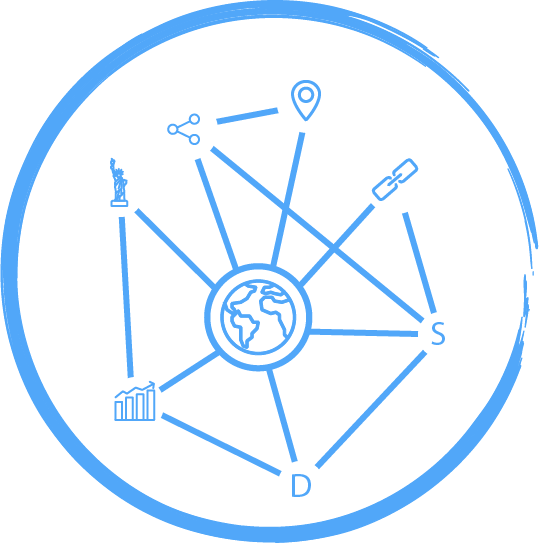Summary
Large scale availability of time varying data originating in financial, economical and social systems has led to a rise in the interest in this class of algorithms. Understanding how to model and describe time series information is a fundamental skill in any data scientists toolkit.
In this lecture, we will introduce you to the libraries that Python provides for working with time series data. We’ll quickly review the ARIMA class of models before diving in detail into the more advance ARCH class of forecasting models. Both real and synthetic datasets will be used to illustrate the different kinds of models and their underlying assumptions.
Program
Pandas for Time Series
DataFrames and Series
Time Series
Subsetting
DataFrame Manipulations
Merge and Join
Timeseries transformations
Resampling/fill methods
statsmodels for Time Series
Statsmodels structure and filosophy
Pearson Correlation
Correlations of 2 timeseries
Autocorrelation
Partial Autocorrelation Function
ARIMA Models
Moving Average Models (MA)
Autoregressive Models (AR)
Fitting ARIMA models with statsmodels
Fitting Seasonal ARIMA models
GARCH models
Heteroscedasticy
Heteroscedastical Models
Fitting ARCH Model
Generalizations
Resources:
Practical Time Series Analysis: Prediction with Statistics and Machine Learning
A. Nielsen (2019)
Hands-On Machine Learning for Algorithmic Trading
S. Jansen (2018)
Practical Time Series Analysis
A. Pal, P. K. S. Prakash (2017)
Python for Finance
Y. Yan (2017)
Time Series Analysis and Its Applications: With R Examples
R. H. Shumway, D. S. Stoffer (2017)
Introduction to Time Series and Forecasting
P. J. Brockwell, R. A. Davis (2016)
Time Series Analysis: Forecasting and Control
G. E. P. Box, G. M. Jenkins, G. C. Reinsel, G. M. Ljung (2015)
Time Series: Modeling, Computation, and Inference
Raquel Prado, Mike West (2010)

